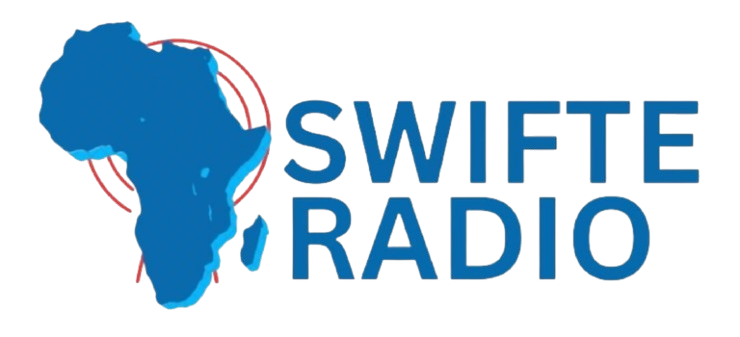The U.S. economy added a solid 139,000 jobs in May, according to new labor market data, underscoring continued resilience in the face of economic uncertainty. While the figure reflects steady growth, it also represents a modest slowdown compared to previous months—hinting at potential soft spots in the job market as employers respond cautiously to inflation, high interest rates, and geopolitical concerns.
The latest jobs report, released by the U.S. Bureau of Labor Statistics, reveals that while hiring is still moving in the right direction, the pace is gradually decelerating—adding fuel to discussions about whether the Federal Reserve may adjust its interest rate stance later this year.
Labor Market Holds Steady, But Slows
May’s job gains, though lower than the monthly average seen in 2023, were in line with economists’ expectations. Job creation was concentrated in sectors like healthcare, government, and professional services, while retail and manufacturing posted weaker numbers. The unemployment rate remained relatively stable at 4.0%, suggesting that the broader labor market remains fundamentally sound.
“This is a solid report, but not a spectacular one,” said Sarah House, senior economist at Wells Fargo. “It reflects a labor market that’s still growing but clearly coming off the boil.”
Wage growth also showed signs of easing, with average hourly earnings rising just 0.3% in May and 4.1% year-over-year—numbers that indicate inflationary pressures may be softening slightly, a development likely to influence the Fed’s next move.
Sectors Show Uneven Performance
The healthcare sector led job creation again, adding tens of thousands of positions, particularly in ambulatory care and hospitals. Government hiring also rose, driven by local and state education jobs. Meanwhile, construction employment remained strong, helped by ongoing infrastructure investments.
However, several sectors lagged. Retailers trimmed jobs amid slower consumer spending, and manufacturing payrolls dipped slightly as companies grappled with elevated borrowing costs and global supply chain disruptions.
“The economic engine is still running, but some cylinders are misfiring,” noted Oxford Economics analyst Nancy Vanden Houten.
Hiring Outlook: Cautious Optimism
Despite the slower pace of hiring, the report paints a picture of cautious optimism. Businesses appear to be taking a more measured approach to expansion, focusing on efficiency and waiting for more certainty around interest rates and inflation trends.
Small and medium-sized businesses, in particular, are feeling the pressure of tighter credit conditions and unpredictable consumer demand—factors that are prompting many employers to hold off on aggressive hiring plans.
Still, job openings remain elevated in many skilled trades and healthcare roles, and labor force participation remains stable at 62.7%, showing that workers are staying engaged in the job market even as conditions become more competitive.
What It Means for the Federal Reserve
The May jobs report adds complexity to the Federal Reserve’s decision-making process ahead of its next policy meeting. While slowing wage growth and moderate hiring might give the Fed reason to consider easing rates, core inflation still remains above target, making a definitive shift unlikely without further data.
“The Fed will welcome the signs of cooling, but they’ll need to see a few more months of this trend before taking action,” said Bank of America economist Michael Gapen.
May’s job numbers reflect an economy that’s still expanding, albeit at a slower pace. As employers remain cautiously optimistic and sectoral disparities widen, the labor market appears to be entering a more sustainable—though less robust—phase of growth. All eyes will now be on the next few months of data to determine whether this is a temporary pause or the beginning of a broader labor market adjustment.
Swifteradio.com


